I awoke in my tent, the pre-dawn glow already coming through the screen and the sound of gurgling water a few steps away. I crawled out to place a pot of water on the previous night’s campfire embers to make coffee.
My companions soon joined me and we listened to the chorus of crickets and early birds while we stared out over the Namekagon River, where mists rose ghostlike against the dark forest to dissolve into the first rays of the sun. After breakfast, we broke camp, loaded up the canoes, and continued downstream.
The day before, we’d put in about two miles upstream and taken the first campsite we could find, and by nightfall on day two, we’d covered 30 miles to pitch our tents a stone’s throw from the larger St. Croix, which forms part of the border between Wisconsin and Minnesota, before ultimately passing its waters on to the Mississippi.
Before the two rivers join, the St. Croix and the Namekagon rise up as modest streams in northwestern Wisconsin. Those two tributaries, plus the resulting wider river, combine for a total of 252 miles designated as the St. Croix National Scenic Riverway.
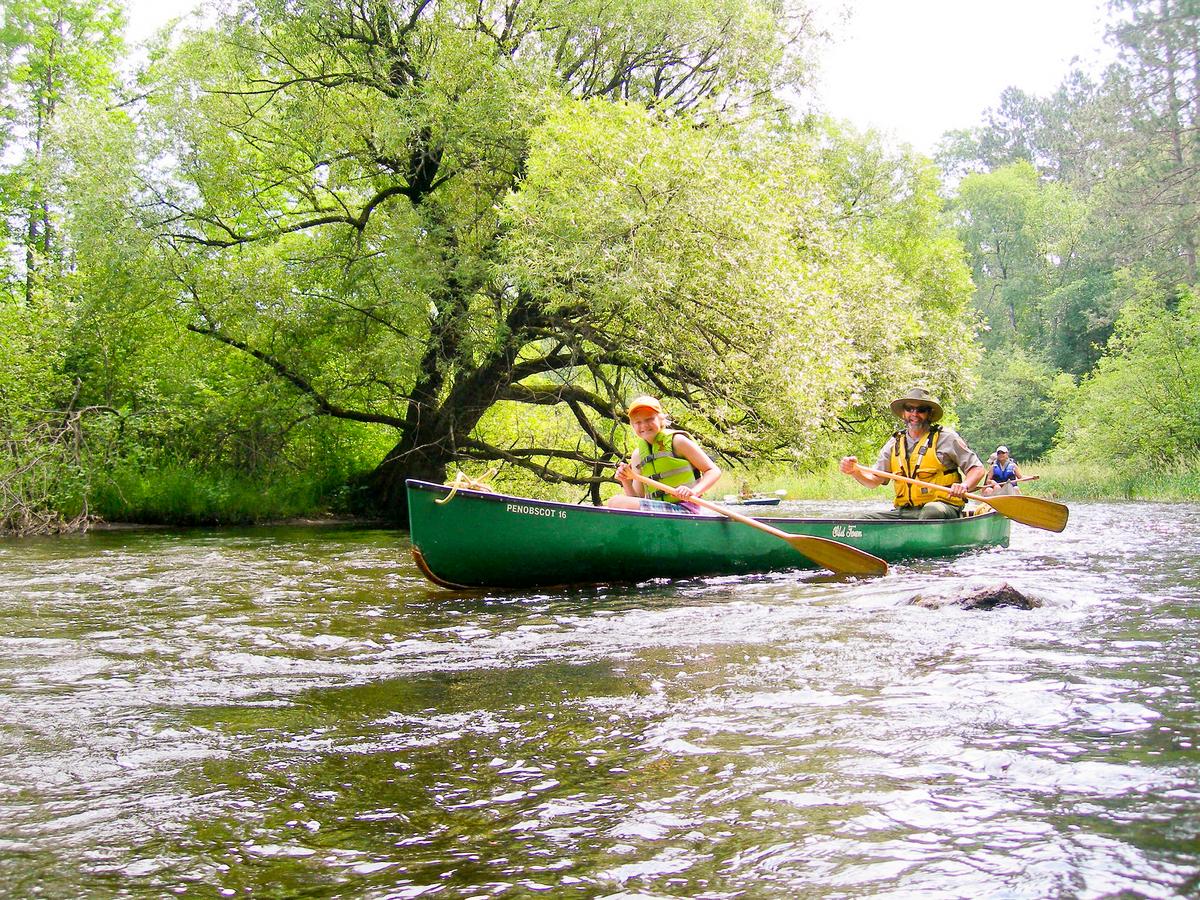
Our trip lasted three nights and we camped at far-flung riverside campsites, which were fee-free and first-come, first-served. Provided at each were a picnic table, fire ring, and a basic pit toilet nearby in the woods. As much as a mile or three might have stood between one site and the next, so we used park maps to gauge when to start looking for the next campsite well before daylight ran out.
When I consulted with a ranger while planning the trip, she recommended about 10–15 miles per day. Wanting to cover more territory in our limited trip time, we pushed ourselves and clocked over 30 miles without knocking ourselves out, thanks to a 2 mph current and beginner-friendly riffles and Class I rapids. Along the route, we spotted eagles, osprey, whippoorwills, abundant deer, owls, and beavers; great blue herons fishing along the banks, kingfishers diving for dinner, and turtles reluctantly giving up good sunning spots on river rocks and fallen trees when we got too close.
Throughout the journey, we saw not a single camper, though this was mid-June. A few bridges were the only hints of human existence until the last stretch on the St. Croix River, where one might see an occasional house, anglers in bass boats, and larger highway crossings. As remote as it all seems, the wild, scenic beauty was never far from the roads and small towns of civilization.
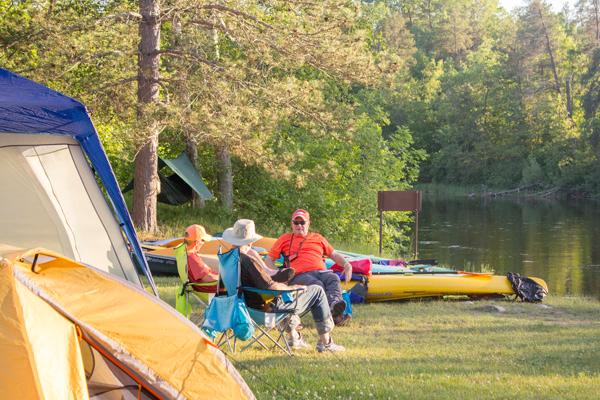
Pristine Rivers
In 1968, President Lyndon Johnson signed the Wild & Scenic Rivers Act to preserve selected waterways or portions thereof in their natural, undeveloped beauty “for the benefit and enjoyment of present and future generations.” As of 2019, the National Wild and Scenic River System protects what it calls “vestiges of primitive America,” comprising 13,413 miles on 226 rivers in 41 states.Some recreational areas are included, but the gems are the Wild River Areas—which are undammed, unpolluted, undeveloped, and inaccessible except by trail—and Scenic River Areas—which are still largely undeveloped, pristine, undammed, and accessible in very few places by roads or boat landings. These hallowed waterways are pure gold for paddling enthusiasts, and camping along them represents a wild, yet accessible, outdoor experience.
Take Me to the River
Author of more than 75 outdoor guidebooks covering 26 states, Tennessee native Johnny Molloy has seen his share of river miles, and he gladly shared some recommendations.The lower 135 miles of 153-mile Buffalo River—named the first National River in 1972 and a National Wild and Scenic River 20 years later—runs through the Ozarks in Arkansas.
“They have the most beautiful gravel bars in this aquamarine blue water. Camp on the gravel bar and you are looking up at a 500-foot bluff,” Molloy said. Catch your dinner by taking advantage of its nationally renowned smallmouth bass fishing.
Maine’s Allagash Wilderness Waterway offers “a great escape into the north woods and a classic New England adventure” with a 100-mile mix of lakes and rivers with designated campsites, where you get views of Mount Katahdin and may even see moose.
“There’s one stretch of Class II rapids and there’s actually a ranger there. You pay him 10 bucks and he’ll drive your gear downstream, so you can run the rapids without it.”
For history buffs, Molloy recommends the Missouri River near Great Falls, Montana. It may sound cliché to suggest these untouched rivers take you back to the days of explorers, but this stretch of the national river is most like it was when Lewis and Clark passed there in 1804.
“You can float down the river and read Lewis’s and Clark’s journals, point out what they saw, and do side hikes to the things they explored. You can actually go to an overlook they went to. We’d read their journals, and then go do it,” Molloy said.
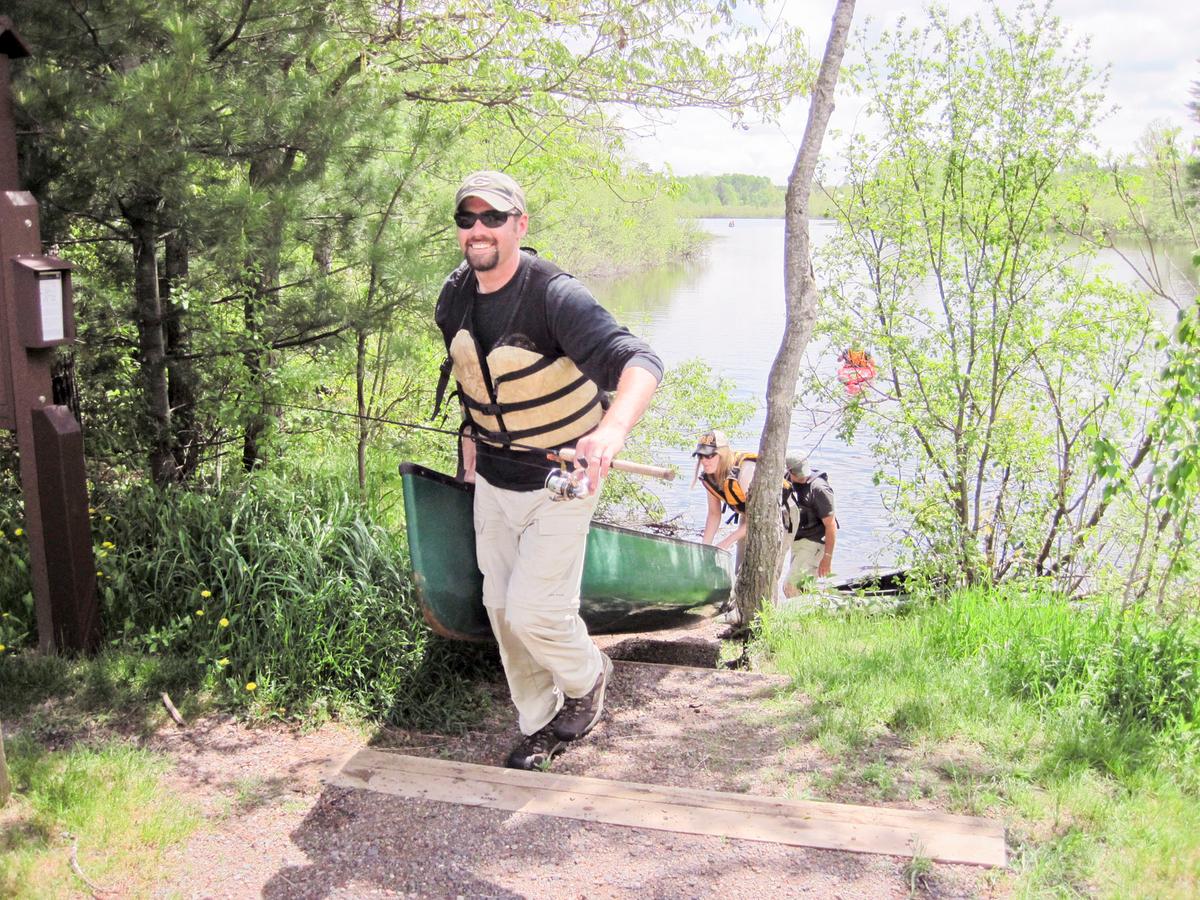
Trip Planning
All of these recommendations have abundant outfitters if you want to leave some of the planning to a pro. Molloy recommends you “pick rivers that have rapids that aren’t above your skill level. Talk to outfitters and rangers, be specific. Don’t be afraid to ask questions.”Pace yourself and plot daily distances. Molloy warned, “Don’t go too many miles, or be over-ambitious. The camping is as important as the river running.”
All camping should follow the rules of Leave No Trace—pack out what you pack in. You don’t have to pack light enough to get it all on your back, but a canoe can’t comfortably—or safely—hold a carload of gear. But having a cooler greatly expands options.
“Bring good food and drink. Make the dining part of the experience,” Molloy said. Water may be available at pumps or parks along the route, so carry a container or your own supply. “If you don’t have dry bags, rent them,” he added.
A good trip begins with a good plan, and a great trip demands a great river. Fortunately, there are many.
Kevin Revolinski is an avid traveler and the author of 15 books, including “The Yogurt Man Cometh: Tales of an American Teacher in Turkey” and several outdoor and brewery guidebooks. He is based in Madison, Wis., and his website is TheMadTraveler.com

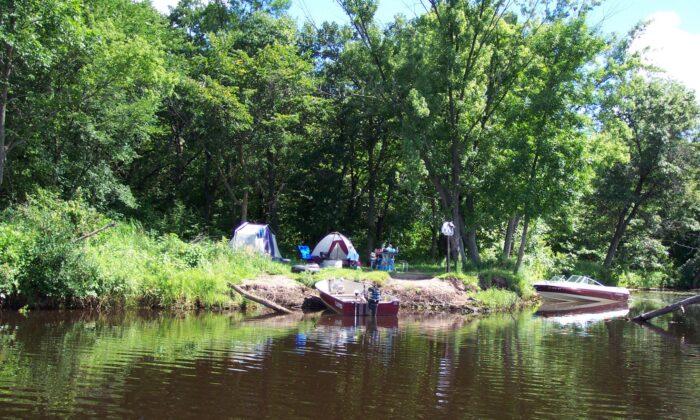

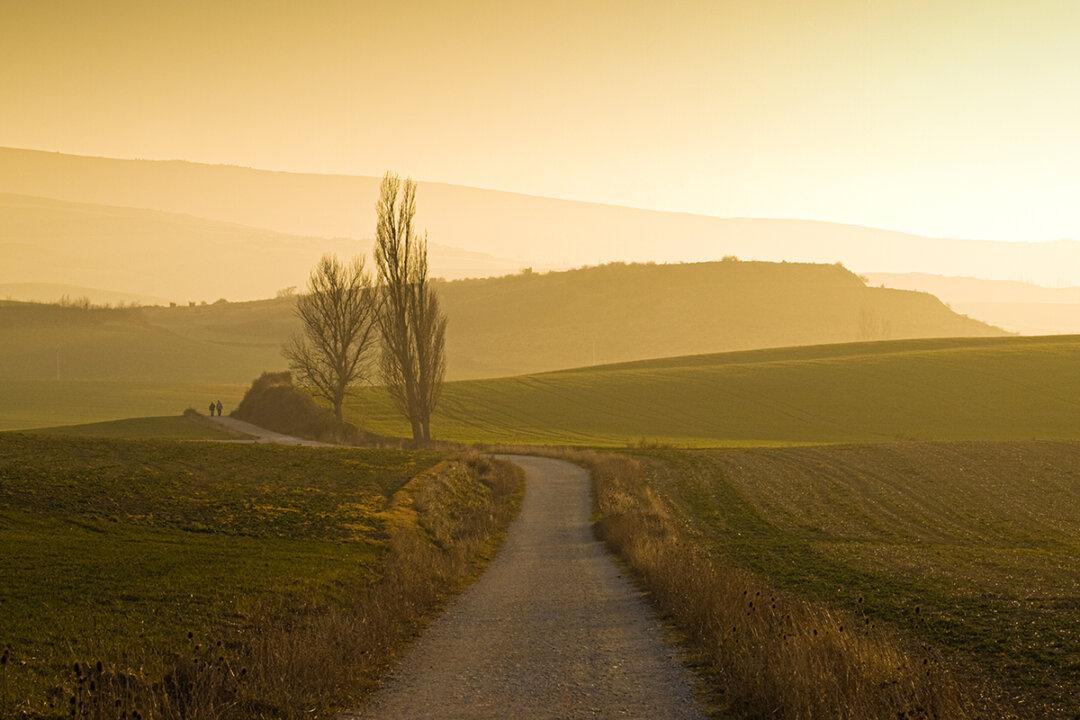


Friends Read Free